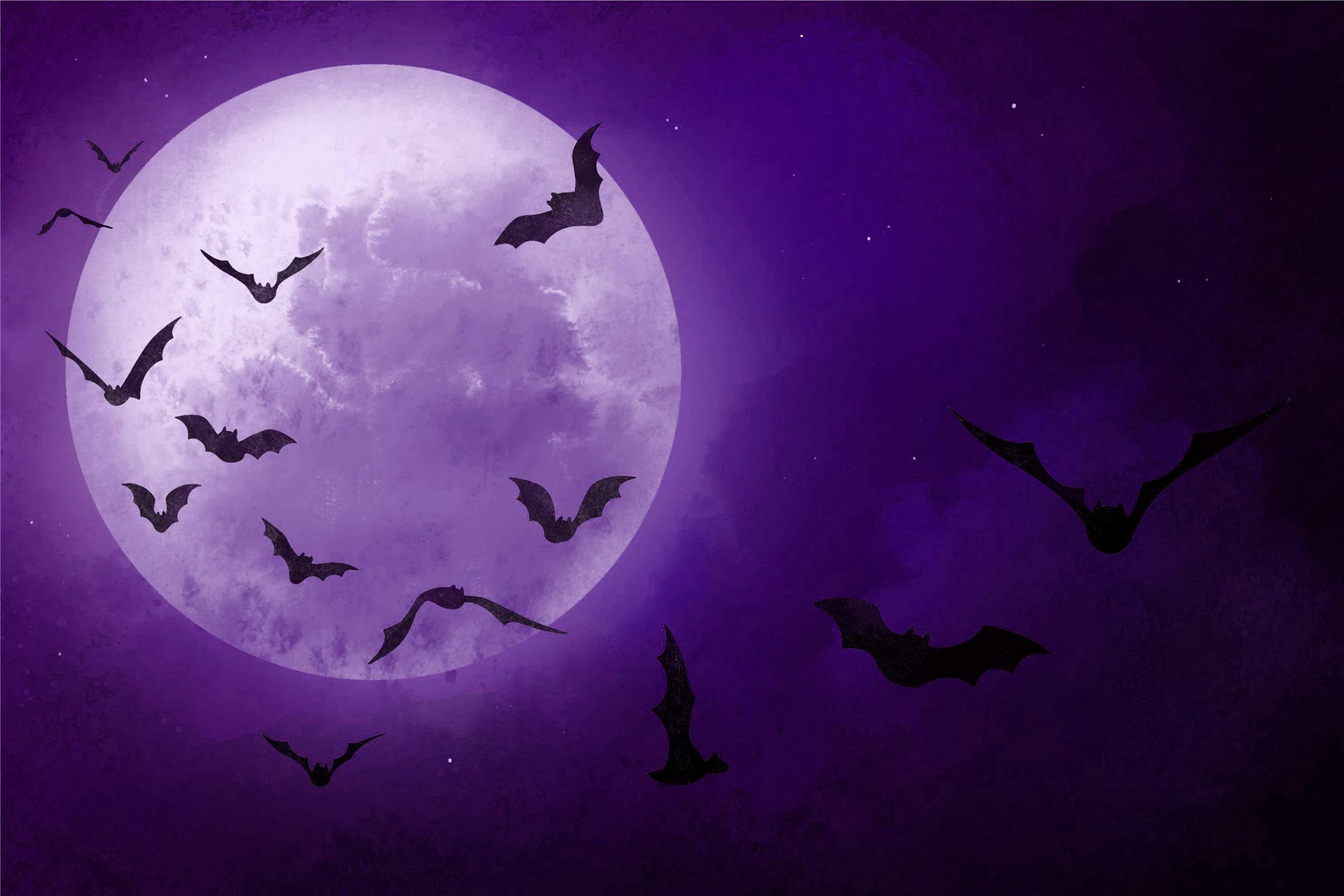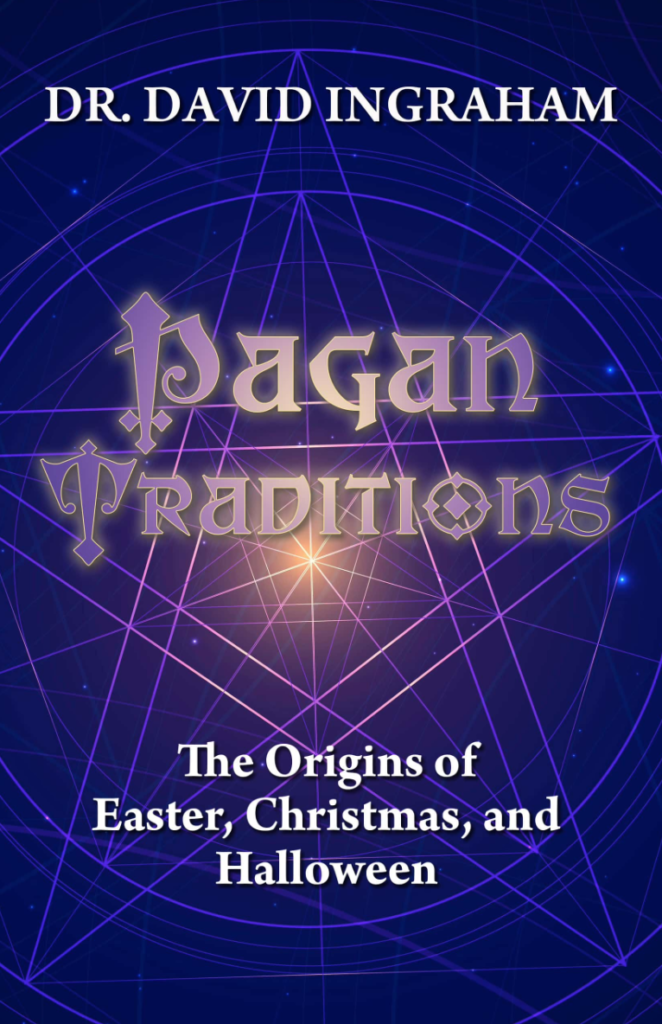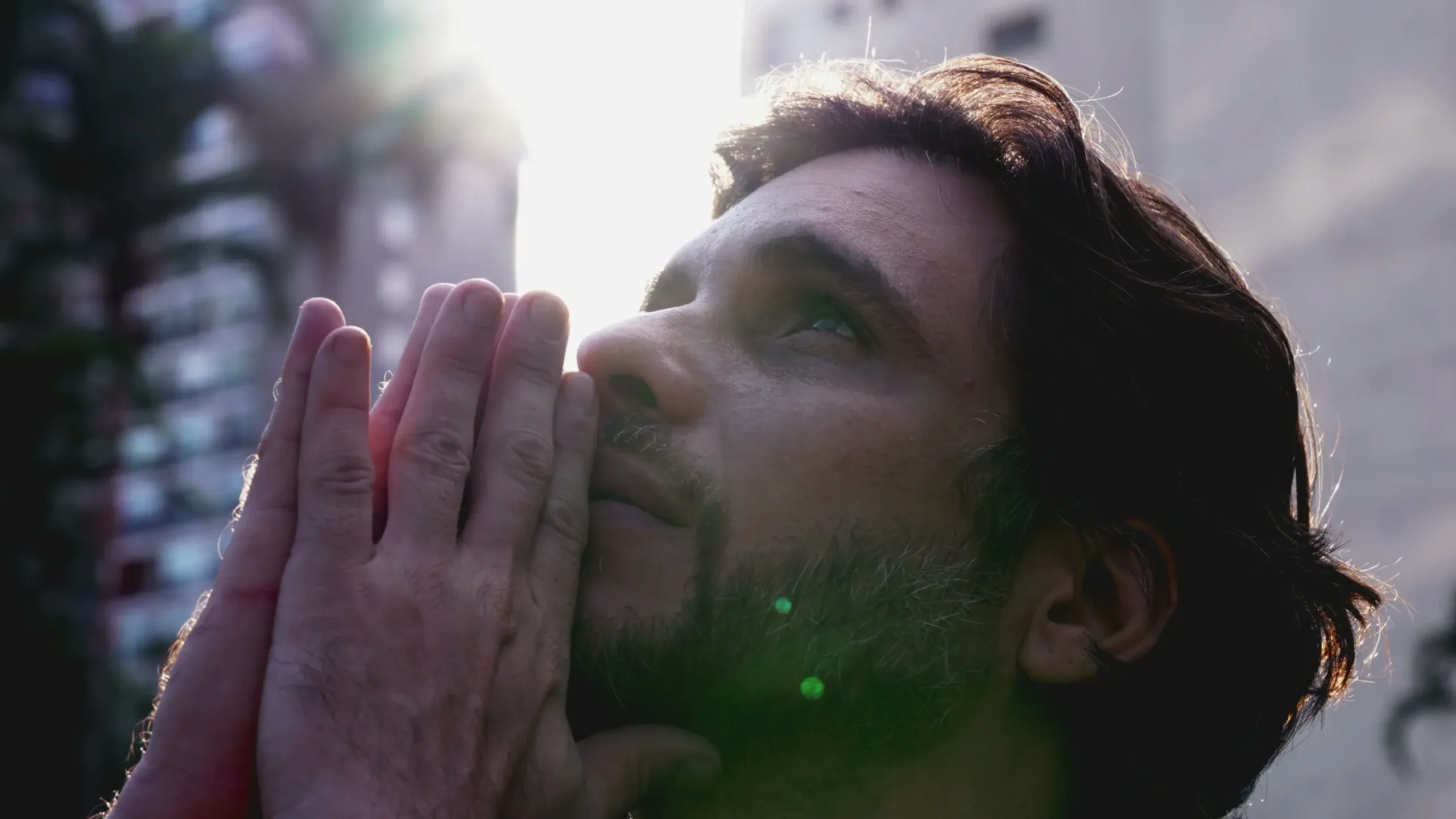The Origins of Halloween

Some people find the negative in everything! Bible preachers of the past warned people of Hollywood’s excesses and its conveyance of immoral values. Alarmists saw danger lurking around every corner and doom on every horizon. They saw the devil in everything they considered disagreeable.
We’ve been warned not to trifle with the occult. We’ve heard frightful stories about Ouija boards, tarot cards and altered states of consciousness. Nevertheless, every Oct. 31 we dabble with the occult and the satanic.
Children do not necessarily embrace other practices that are sinister, evil, and demonic just because they dress up in a costume for Halloween. A child parading down a street in costume, playing trick-or-treat, or soaping somebody’s windows may not automatically become a candidate for witchcraft, demon possession, or the metaphysical.
Nevertheless, the celebration of Halloween by children makes them less sensitive to the dangers of experimenting with the occult. Witches lose their repulsiveness, communicating with the dead seems less horrifying, and demonic entities less threatening when they become familiar. In other words, Halloween forms a link with occult activities and personages. It is important to realize that the occult connection is dangerous and, in a Christian context, intolerable.
Halloween Practices in Ancient Times
The word occult means “hidden.” Included in a catalog of occult practices are the following: divination, astrology, spiritualism, numerology, yoga, demonology, divining with rod or pendulum and numerous other related practices. They are occult because they are hidden; they are hidden because they thrive on their “mystery” nature. In addition, they are forbidden by Scripture, and for centuries the church has limited them to covert practices. In his book A History of Magic, Witchcraft and Occultism, W. B. Crow includes the Feast of Samhain among those occult festivals celebrated annually in antiquity. That festival, originating among the Druids of the Celtic tribes of Britain, France, and northern Europe, became absorbed by the Roman Catholic Church and titled “All Saints (Hallows) Day.” It was celebrated Nov. 1, but the evening before was known as All Hallow E’en.
To celebrate this annual and seasonal passage, the Druids built huge bonfires. These fires served double duty: They warded off demons, but they also provided for a sacrifice to the sun god. In enormous wicker baskets, they caged both human and animal sacrifices and burned their victims alive. By observing the way they died, the priests predicted good or evil for the future.
Each Oct. 31, Samhain, lord of the dead, supposedly assembled the souls of all those who had died during the previous year. The spirits of the dead left their graves and roamed the Earth or visited their former homes and families. This was the vigil of Samhain. To pay for their sins, these souls were put into the bodies of animals, says D.J. Herda in Halloween.
In addition to burning people (including children) alive, the Celts performed other rituals for the sake of their safety and well-being. People put out sweets and other good things to eat to placate the evil spirits and keep them from doing harm. Some people, hoping to fool the demons, disguised themselves as evil spirits and roamed the countryside, committing malicious pranks, until dawn sent the ghosts and devils back to their unholy reality, reports Peter R. Limburg in Weird! The Complete Book of Halloween.
By A.D. 50, the Romans had invaded both Britain and Gaul and had brought their traditions with them. Among them was the Feast of Pomona, held at the same time as Samhain. [Pomona] honored their harvest goddess of the same name. Fruits, especially apples, were sacred to Pomona. Many Halloween customs and games that feature apples, apple peelings, or nuts, probably date from this time, says Cass R. Sandak in Halloween.
The Church Embraces the Observance
As Christianity spread throughout Europe, the church sought to eliminate the pagan practices of the Celts by giving Samhain and Fernalia a new meaning. Most cultures set aside a day for remembering their dead, so the Roman church designated Nov. 1 as All Hallows Day to eulogize departed saints, first recognizing this holiday in 837.
The church struggled in vain to eliminate the heathenism inherent in the celebrations. To the church’s chagrin, it spawned instead an organized cult opposed to the church – witchcraft.
Halloween became known as the “night of the witch.” It was then, according to superstition, that the devil and all of his followers – witches, warlocks, and demons – gathered. They would mock the coming of the church’s festival of All Saints Day on Nov. 1 by performing unholy acts.
Edna Barth, in her book Witches, Pumpkins, and Grinning Ghosts, describes Halloween as one of four sabbaths celebrated annually by witches in Europe: The sabbaths were joyful, and people looked forward to them. Sometimes thousands attended. Among them were members of noble or royal families, their faces concealed by masks.
The assembled witches vowed to obey their god, the master disguised as an animal. They kissed him on whatever part of his body he chose and paid homage by turning “widdershins” – from east to west – a certain number of times. They pledged their children to the god and thanked him as the source of food and of life itself.
At Halloween sabbaths, witches did dances to make animals more fertile, dressing up like animals themselves. To encourage fertility in human beings, they danced naked … In some of the dances they galloped about straddling branches or broomsticks.
Associated with witches on holiday cards, decorations, and the accouterments of Halloween are owls, bats, cats and toads. They are an important link between Halloween and the occult, known as “the witch’s familiars.”
In 1484, Pope Innocent VIII pronounced an edict outlawing Samhain and witchcraft. Witches continued to meet covertly, wearing dark clothing, and congregating in forests and fields. They wore cone-shaped hats that were the fashion of that day.
In spite of the edict, witchcraft continued and proliferates to this day. In the U.S., Wicca (wise woman) boasts membership of 200,000-500,000 witches and warlocks.
This has been an excerpt from the book Pagan Traditions by David Ingraham, which can be found by clicking the image below.
More from Prophecy in the News Magazine
This site uses Akismet to reduce spam. Learn how your comment data is processed.





Leave a Reply